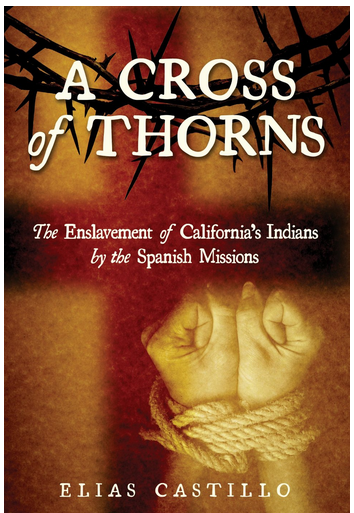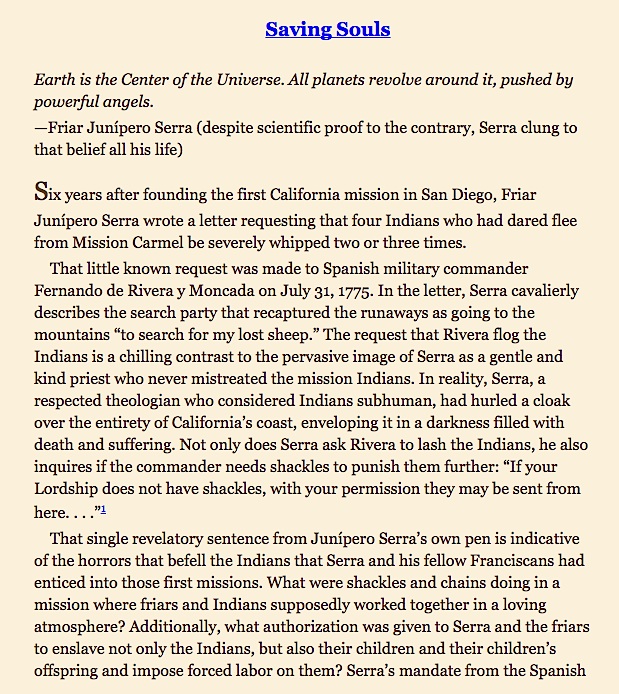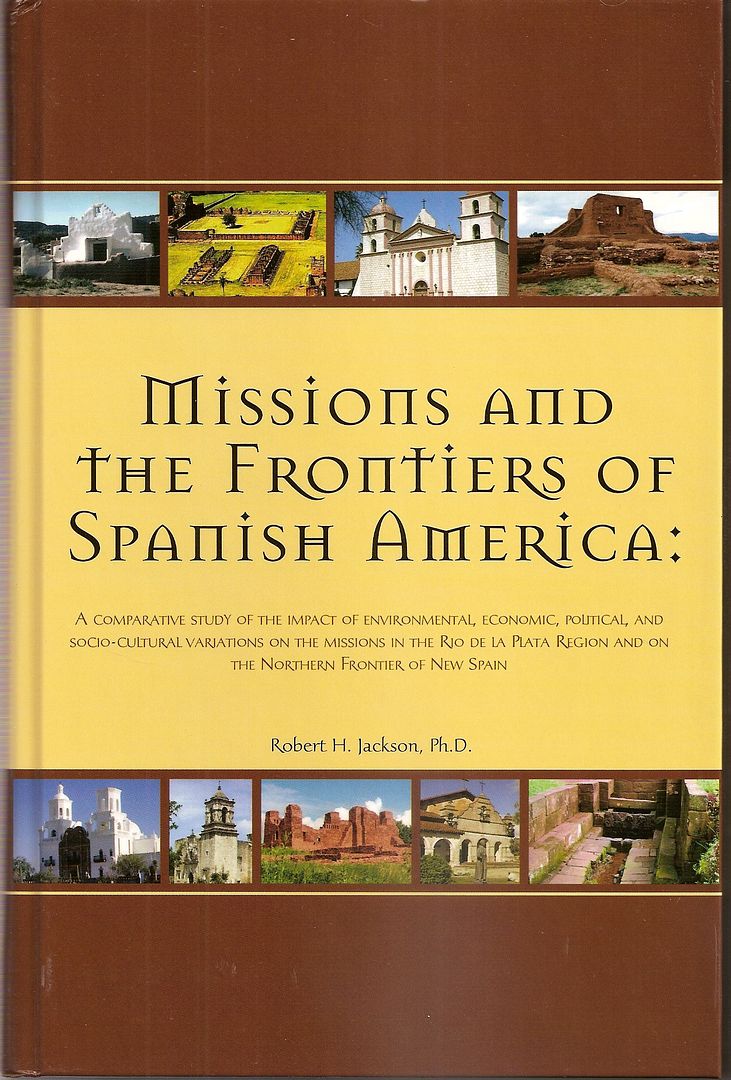Hi, David. Thanks for the comment. I don't sense that the title is used solely as a hook for sales. I do believe the author is writing from his
core belief, which arose through his research and dialogue with native groups. I first heard the book referenced in an open letter to the Pope, from
the Amah Mutsun Tribal Band of Costanoan/Ohlone Indians. (The letter is about the proposed canonization of Serra). It's a heartfelt perspective.
Here is a link to the letter, for those interested in the controversy surrounding Serra and sainthood:
https://www.indybay.org/newsitems/2015/03/02/18769396.php |





























